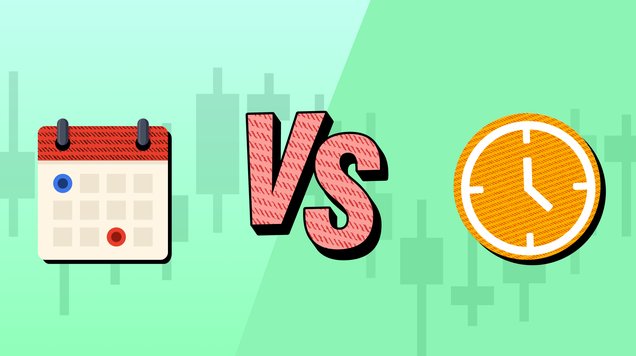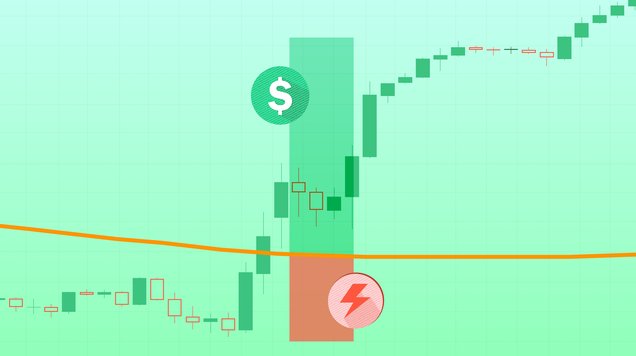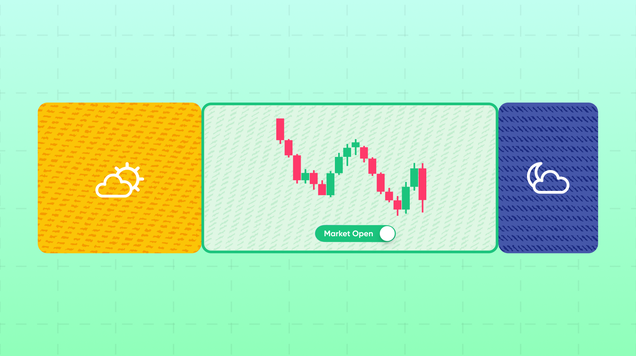Macro trading
Learn the basics of macro trading and how to use this trading strategy to spot new opportunities in global markets

Macro trading is a strategy that involves making trading decisions based on the macroeconomic and political events
Macro traders analyse broad economic and geopolitical trends to predict their impact on various financial products, such as shares, bonds, currencies and commodities
Economic indicators, central bank policies, interest rates and inflation data are key sources for macro traders and detailed analysis of these can identify macro trends and predict future price performance
Effective macro trading requires disciplined risk management strategies and tools, including diversification and stop loss orders
Introduction to macro trading
Macro trading is a trading approach that uses economic and political events to spot investment opportunities and speculate on the price movements of financial assets. These events can happen within a country, or they can have an impact at a regional or global level.
Trades using macro trading strategy, also called macro traders, base their trading decisions on an analysis of global economic indicators, central bank policies, interest rates, inflation and geopolitical events. The goal is to predict how these factors and events will affect different asset classes, such as currencies, stocks and commodities, and their price movements. Macro traders can choose from a variety of approaches including discretionary or systematic and hold long-term investments or open short-term positions in the market.
Macro trading is a complex yet potentially rewarding strategy that requires a deep understanding of global economic and political dynamics. As with any trading strategy, thorough research and disciplined risk management are essential for success in macro trading.
Analysing a large amount of data is at the heart of macro trading in order to make predictions about the future price movements of an asset. A macro trader needs to have enough resources, such as time and reliable information sources, to keep on track with the latest data and upcoming releases.
Role of economic data and indicators in macro trading
Economic data and indicators are the backbone of macro trading, providing the information necessary to form accurate predictions about global macroeconomic trends and price movements.
Macro traders rely on a wide range of economic reports and statistical releases to guide their trading decisions
Key economic indicators and events include:
- Employment data such as US Non-Farm Payrolls (NFP) and UK claimant count change
- Inflation number such as Consumer Price Index (CPI), Producer Price Index (PPI), and Personal Consumption Expenditure (PCE)
- Manufacturing and Services Purchasing Managers Index data
- Gross Domestic Production (GDP)
- Interest rates and central banks decisions
For traders to get a comprehensive view and be able to predict future price movements, it’s not enough just to keep monitoring one or two of these. Most of these numbers are linked in some way. For example, inflation numbers have an impact of central bank decisions and interest rates. High inflation can lead to tighter monetary policy and higher interest rates.
Macro traders also need to adapt a global view, considering the interplay between different economies. They analyse how macroeconomic data and events from one country can influence asset prices and market movements in other countries or even globally.
Macro trading approaches
Selecting of a suitable macro trading approach is as important as understanding macro data. Macro traders can choose to use discretionary or systematic strategies to implement their decisions.
Discretionary macro trading offers a more flexible approach to choosing trades and assets, by combining technical analysis with macro data interpretations. The freedom of decision-making makes discretionary macro trading more exposed to emotional influence as traders decide when to open and close their positions. This approach can suit traders that are fairly new as it does not require advanced programmes or codes to be implemented.
Systematic macro trading needs specific rules for automatic execution of trades and is less flexible. Less human intervention is required and the risk of emotions influencing decisions is smaller as trades executed are by an algorithm and outcomes of macro data prompts execution without any flexibility. Systematic trading algorithm is developed through advanced process with adequate simulated tests to prove reliability and high performance with a measures risk.
Risks and risk management in macro trading
Like any trading strategy, macro trading also carries risk. Here are some of the common risks that macro traders should be aware of:
- Market volatility: Sudden and major price movements can be caused by geopolitical events, economic data releases or unexpected policy changes
- Complexity: Macro trading is a complex strategy and success in it requires extensive knowledge of the financial markets and economic indicators
- Leverage risk: Macro traders often use leverage to amplify their positions and while this can increase profits, it also magnifies potential losses
To manage these risks, macro traders can utilise a variety of tools and strategies. Traders should use more than one type of tool to build a solid risk management strategy. Diversification, stop loss orders and position sizing are some of the popular tools used to protect trades and capital against unexpected price movements.
Diversification means spreading trades across different asset classes to reduce exposure to any single source of risk. Stop loss orders will automatically close your position when a certain price level is reached, limiting potential losses in volatile markets. Position sizing refers to carefully determining the size of each position to control the overall risk level of the portfolio.









